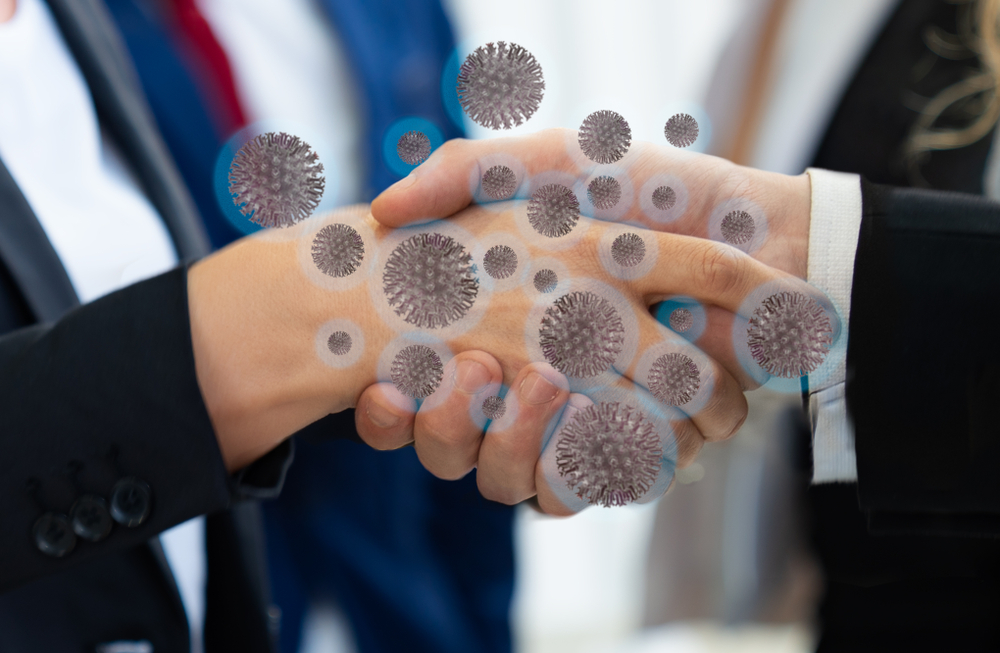
Transmission
A virus exists just to reproduce. When it reproduces, its successors spread to new cells and new hosts. The structure of a virus affects its ability to distribute.
Viruses can transmit from one person to another, and from mother to child during pregnancy or delivery.
Viruses can also spread through:
- touch
- exchanges of saliva, coughing or sneezing
- sexual contact
- contaminated food or water
- insects that carry them from one person to another
In addition, some viruses can live on an object for a period of time, so if a person touches an item or a surface with the virus on their hands, the next person that comes in contact with that object can pick up that virus. The object is known as a fomite.
As the virus reproduces in the body, it will affect the host. The symptoms start to appear after the incubation period.
What happens if viruses change?
When a virus disperses, it can pick up some of its host’s DNA and carry it to another cell or organism. If the virus enters the host’s DNA, it can impact the wider genome by transferring around a chromosome or to a new chromosome.
This can have long-term consequences on a person. In humans, it may explain the growth of hemophilia and muscular dystrophy. This contact with host DNA can also cause viruses to change.
Some viruses only influence one type of being, say, birds. If a virus that normally affects only the birds, happens to be entering a human and picking up some human DNA, this can generate a new type of virus that may be more likely to affect humans in the future.
This is why scientists are extremely concerned about rare viruses that circulate from animals to people.











































